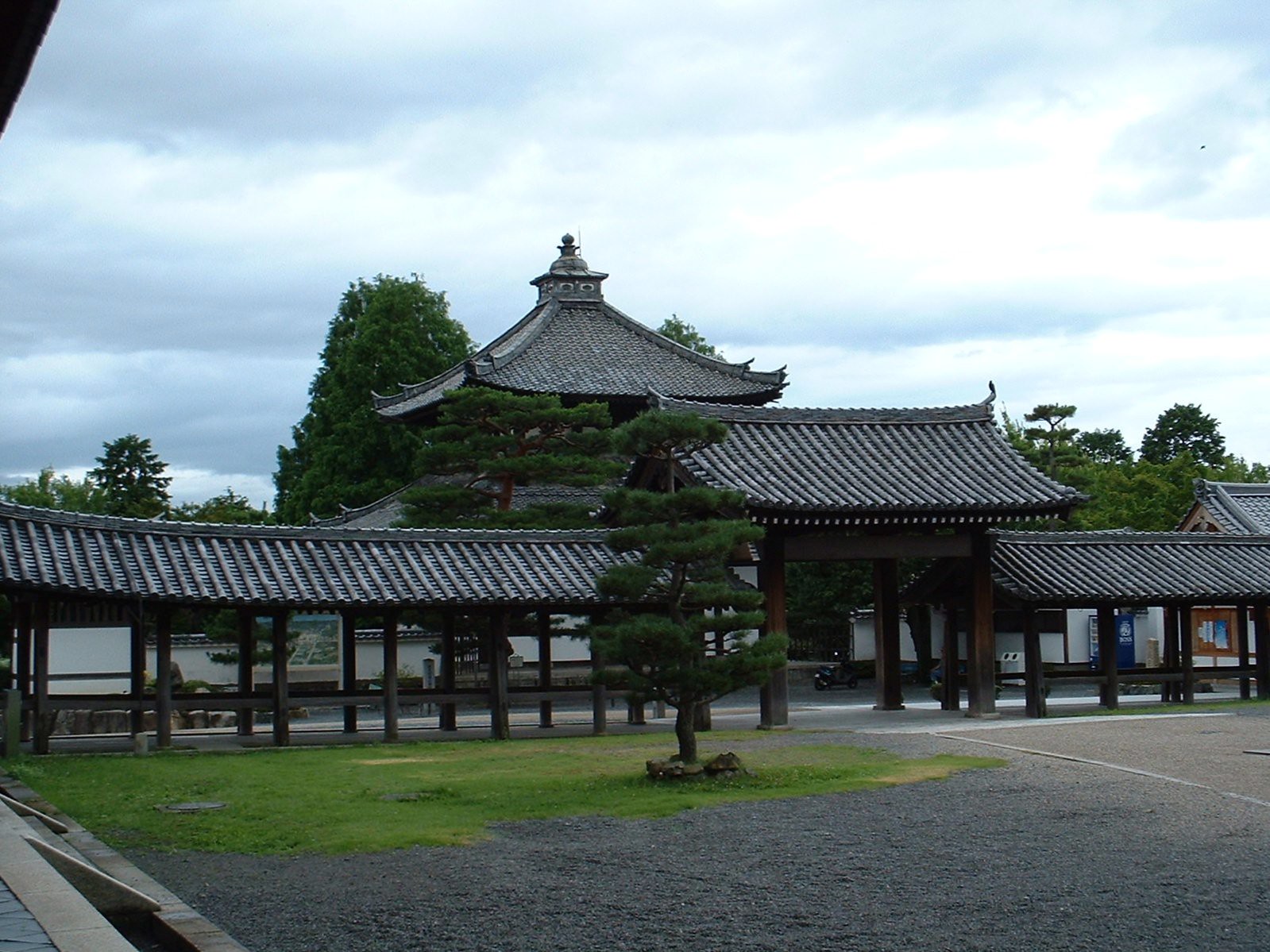May 31, 2024
Your Summer Prep Checklist
As the sun begins its daily climb earlier and earlier with each passing day, the familiar signs of summer have begun to show. Experienced Japan residents know what this means – Long, humid days interspersed with intense rainfall depending on how the typhoons play out for the season. Summer can feel particularly long compard to the other seasons as children enjoy their longest length of time off from school and the general working populace does not have a public holiday in June (which usually makes it the only month without one!).
Most of Japan has extremely distinct seasons that demand you change your lifestyle a bit. This took your friendly Floridian author here quite some time to mentally adjust to – after all, shorts and sandals can take you comfortably through a surprisingly large portion of the Florida year.
If this is your first summer in Japan, this article is for you.
The Summer Heat
The first thing to anticipate is the very character of Japanese summer – The major regions of Japan’s Honshu and Kyushu islands will all find summer to be rather humid and hot. Temperatures themselves can fluctuate between 25°C to 35°C (or 77°F to 95°F), which may cause people to balk and make comments about the real heat they have back home. However, much like my beloved summer deathtrap Florida, Japan makes up for lacking in raw heat with a very persistent and insiduous humidity.
Wet-bulb temperature is often used in these discussions as anyone who has experienced both dry and wet heats can quickly tell you identical temperatures can feel incredibly different depending on the humidity.
If you find yourself being outdoors more often than not, please be extra careful. We have a handy article designed to help you stay safe while you venture out and enjoy the beautiful skies.
The Summer Fun
Equally important to just surviving the summer is thriving in it!
Parents with small kids may want to start looking into water play activities in their prefectures. Inflatable pools are a dime a dozen at the local Aeon mall and all the appropriate tent and BBQ supplies will be promoted. Now is also a great time to start looking into the local festivals that will undoubtedly punctuate your upcoming weekends.
Our Tokyo writer is already looking out for his Kanto resident readers by spinning up a lovely list of recommended fireworks shows, but other regions will be in lockstep with their own offerings. Any readers from our Chugoku (Hiroshima), Kansai, and Kyushu (Kumamoto) regions can also read the “Great Summer Walks” series from another seasoned contributing writer. Lastly, we would be remiss to leave our Chubu (Nagoya) residents wanting, so we also have articles from our long-time Nagoya writer on fun activites like experiencing the elusive and lovely Japanese fireflies.
The Summer Storms
Mentioned above previously, summertime is also typhoon season in Japan. These tend to come spaced out with some years being more stormy than others.
Readers from storm-prone areas like my eternally beseiged-by-hurricanes Florida may wonder about storm preparations, but your average Japanese typhoon is more akin to large-scale tropical storms, sometimes reaching Category 1 conditions. More than destructive windspeed, the greater risk is in the significant rainfall, referred to as 大雨 (Oh-ame, lit. “great [amount of] rain”). Common sense dictates not attempting to drive your car and to expect significant public transportation impact during the larger and stronger typhoons.
The Summer Prep
As you prepare for the good and bad listed above, now is a great time to take a few moments and confirm a few things.
Is your air conditioner ready to take on the summer? This is the perfect time to take the air conditioner filters out, ensure everything is clean and the unit itself is working properly. No one likes to discover a broken unit while standing in a puddle of their own sweat!
We have articles on this, but we also recommend this absolutely fantastic article on cleaning your unit by Elizabeth Sok for Gaijin Pot.
Equally important is your car’s air conditoner and battery. If you have not checked the voltage on the battery lately, now would be a great time to do so. You may also want to try cranking the AC in your car to see if everything is working normally. Being stranded on the side of the road can be perilous in the middle of summer, so you may also want to see if your emergency roadside toolkits and supplies are ready to go.
—
Japanese summer is a wonderful blend of festivals, sweat, great outdoor food, and the distinct aroma of a packed 6 p.m. traincar. Be prepared, but make sure you are also prepared to have fun!
Image by GD Taber, CC BY-NC-ND 2.0 Deed, via Flickr


About the author